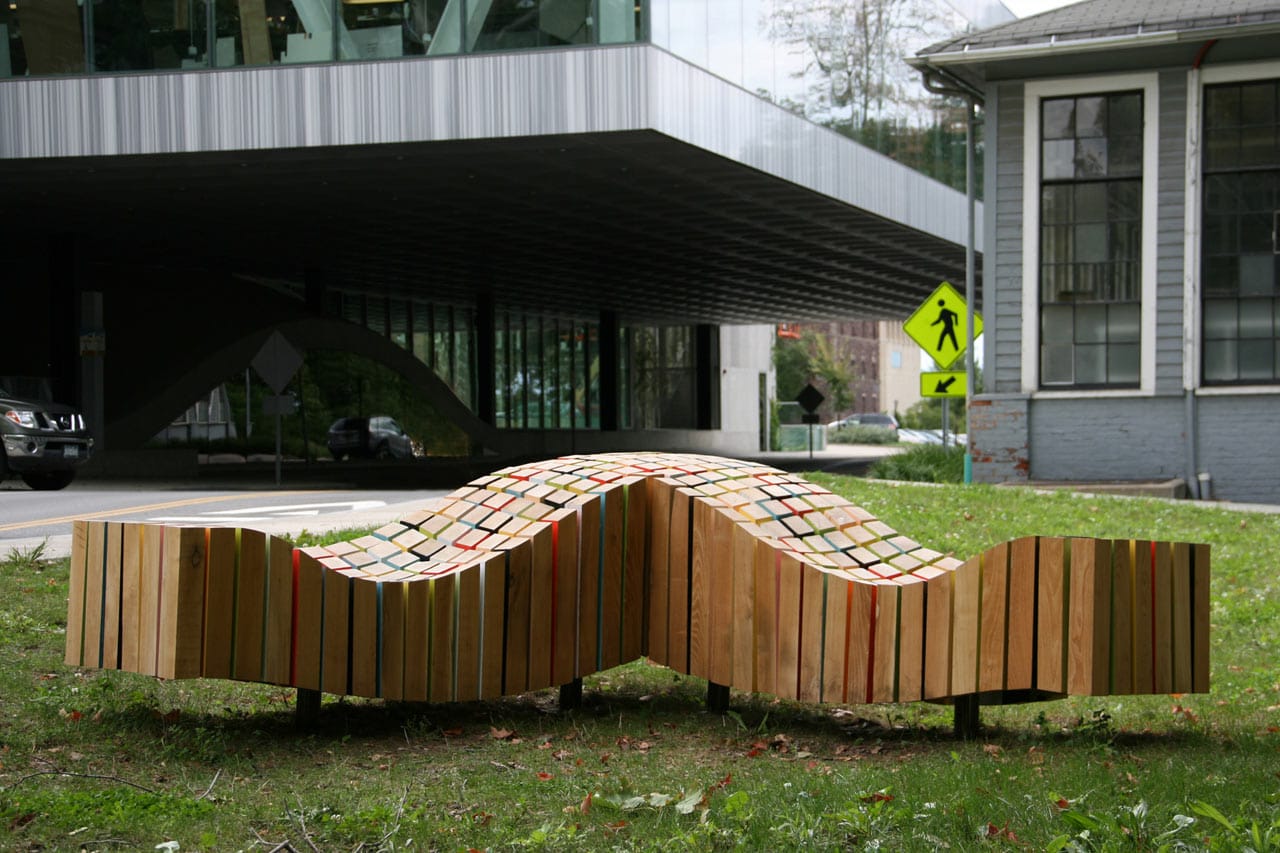We tend to think of benches as background objects — humble, utilitarian pieces of street furniture scattered across our parks and plazas. But benches are far more than places to rest. They are instruments that shape how we inhabit space, how we relate to one another, and even how we experience time.
A well-placed bench can change the tempo of a street. It can turn a passageway into a meeting place, a leftover corner into a contemplative refuge. It can transform a patch of public ground into a stage for solitude. And in their quiet way, benches reveal something profound about how cities work — and how they could work better.
The Bench as a Pause in the Urban Pulse
Cities are designed for movement. Roads, pavements, and transit systems push us forward. Even public squares often prioritise flow over pause. But benches disrupt that logic. They are punctuation marks in the urban sentence — spaces where movement yields to stillness.
This simple shift has deep consequences. Neuroscientists have shown that pausing, daydreaming, and looking inward activate the brain’s default mode network, which is essential for memory consolidation, emotional regulation, and creativity. Yet urban life rarely gives us permission to enter that state. A thoughtfully designed bench — acoustically buffered, visually calm, slightly removed from the current of activity — offers that permission.
More Than Furniture: A Lesson in Spatial Psychology
The presence or absence of people on a bench tells us volumes about the success of the space around it. A bench that remains empty often signals that the environment fails to support stillness: too noisy, too exposed, too visually busy.
Conversely, a bench that draws people in — where they linger, read, reflect, or simply sit — usually shares certain qualities:
- Acoustic calm: Shielded from heavy traffic or reverberant façades, the bench allows the nervous system to downshift.
- Visual simplicity: A backdrop of trees, water, or minimal urban clutter reduces sensory load and supports introspection.
- Psychological safety: Subtle enclosure — a wall, a canopy, a change in level — creates a sense of refuge without isolation.
- Human connection: The best benches acknowledge our social instincts, offering opportunities for proximity without pressure.
These are not incidental details. They are lessons in how spatial form, materiality, and placement shape human behaviour — distilled into a single piece of street furniture.
The Bench as a Designed Object
Far from being anonymous, benches have inspired some of the world’s most thoughtful designers and architects. Their work shows how even the most modest urban element can express philosophy, provoke reflection, or subtly shape public life.
- Enzo Mari’s “Panchina” for the Milan Triennale (1974) elevated the bench from mere utility to civic statement — solid, sculptural, and deeply human in scale.
- Junya Ishigami’s “Picnic” bench (2017) reimagined public seating as a sinuous, almost landscape-like form, inviting new patterns of use and social interaction.
- Vestre, the Norwegian manufacturer known for collaborations with designers like Johan Verde and Snøhetta, has championed benches as instruments of democratic space — durable, timeless, and deeply attuned to context.
- In the UK, Streetlife’s “Solid Crosswise” benches combine natural timber and steel detailing to create tactile, enduring furniture that anchors public squares without dominating them.
- And in Spain, BD Barcelona Design has produced pieces by Oscar Tusquets Blanca and Jaime Hayon that blur the boundary between art object and public amenity.
These examples remind us that a bench is never “just” a bench. It is a design decision — one that communicates values about comfort, community, ecology, and identity.
Designing for Contemplation
Some benches invite sociability; others invite silence. The most powerful often do both. Consider Peter Zumthor’s bench at the Bruder Klaus Field Chapel in Germany: a simple wooden form on a grassy rise, offering nothing more than a view of fields and sky — and yet it draws visitors into quiet communion with the landscape.
Or Shiro Kuramata’s “Glass Bench” (1976), ethereal and fragile, more an exploration of perception than a place to sit — a reminder that even the simplest object can alter how we sense space and time.
These benches show how public seating can act as an instrument of contemplation. They slow us down, change our posture, and gently shift our attention inward. In doing so, they teach us that rest is not a passive act — it is an active, necessary part of urban life.
A Bench Is Never Just a Bench
To dismiss benches as trivial is to misunderstand the subtlety of urban design. They are micro-architectures of pause, deeply intertwined with the emotional and cognitive texture of the city. They reveal how material, form, and placement influence behaviour. They remind us that the smallest details often carry the greatest meaning.
And perhaps most importantly, they whisper an alternative vision of urban life — one where space is not only about speed and spectacle, but also about stillness. Where a single bench can become a site of memory, solitude, and self-connection.
If we listen closely, the quiet bench has much to teach us about the kind of cities we want to build. Cities that make space not just for where we are going, but for where we are.


